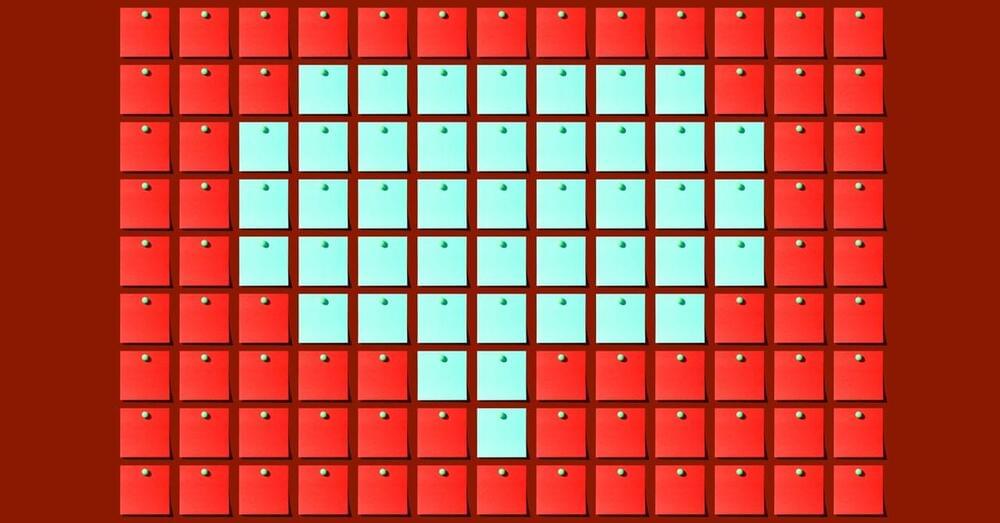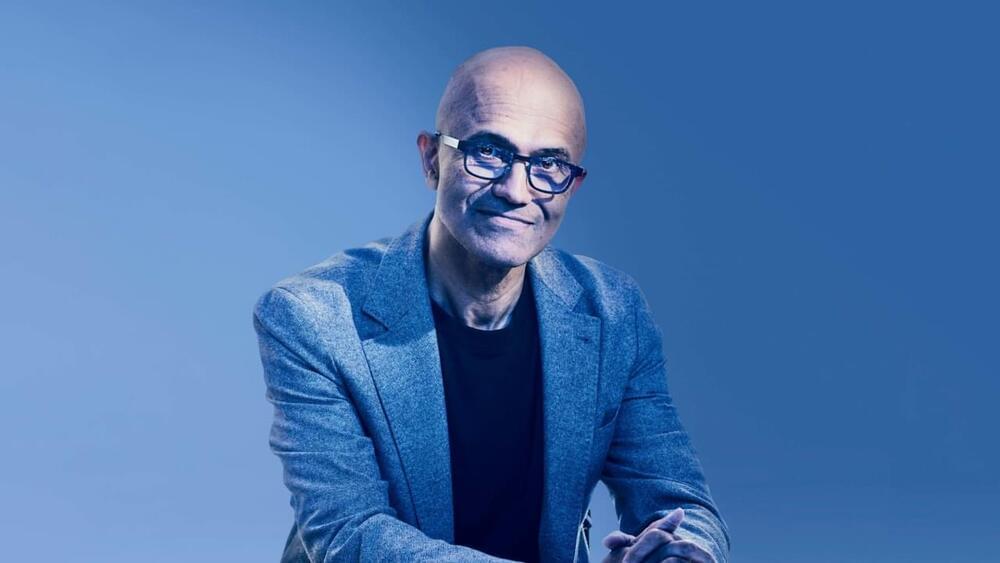
The Tesla Semi has been a groundbreaking innovation in the transportation industry. With a promised range of 500 miles on a full charge, it represents a significant step towards sustainable freight transportation. This range is not just a theoretical figure, it’s based on real-world testing with the truck fully loaded at 82,000 pounds gross combination weight. The 500-mile range has been a focal point of discussion, sparking interest and curiosity among both enthusiasts and skeptics.
While the Tesla Semi’s range has been applauded by many, it has also been met with skepticism and criticism. The debate centers around the truck’s practicality, particularly in winter conditions where electric vehicles are known to suffer range loss. Critics argue that the range might not be sufficient for long-haul trucking, especially in regions with harsh winters. They point to potential issues like battery efficiency loss in cold temperatures, raising questions about the Semi’s ability to replace traditional diesel trucks.
According to recent studies and real-world testing, the Tesla Semi can be a suitable replacement for approximately 87% of semi-truck loads, even considering winter range loss. This introduction sets the stage for a comprehensive exploration of the Tesla Semi’s 500-mile range, its performance in winter conditions, and its potential to revolutionize the freight transportation industry.









